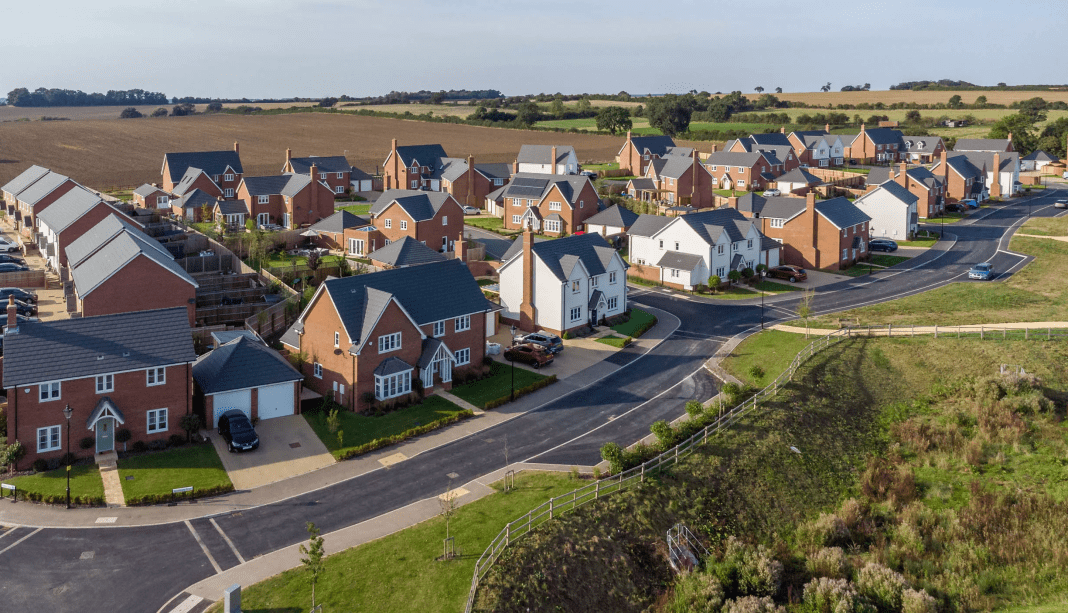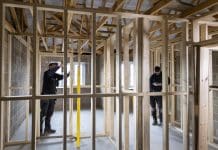Luke Simmons of Cora looks at the Homes England grant scheme, its unintended consequences on the housing market and suggests a way it could be made to work better
The need for new homes in the UK cannot be understated.
As an industry, we need to build tens of thousands every year to simply keep up and cannot afford for conflicting legislation to get in the way of that.
New developments keep the price of houses down, giving the next generation the opportunity to own their own homes and live in the communities in which they grew up.
They also bring affordable homes for the community, and a host of facilities and open spaces.
However, some housebuilding incentives are more of a hindrance than a help.
Housing incentives should work in harmony
As a housebuilder, I am always pleased to hear the government bringing in plans to support us in creating more communities.
I am a great believer in affordable housing and celebrate any extra funding or schemes to make that a reality.
Building new homes is one of the most important challenges this country faces – we need thousands more and we need them built now.
However, schemes aimed at tackling an issue can sometimes have unintended consequences.
One such initiative is the Homes England grant scheme which, in my view, does not work in harmony with Section 106 requirements.
The government’s Homes England grant scheme has made more than £7bn available to registered housing providers with the hope of delivering up to 130,000 new affordable homes by March 2026.
As a sustainable housebuilder, we want to build more affordable homes as part of our projects and are in fact obliged to in S106 planning agreements for the sites we own.
One issue we are finding – and I’m sure other developers are too – is that registered providers no longer have the budget to take on S106 homes, leaving us unable to go ahead with planned developments.
A reason for this could be that the Homes England grant funding cannot be used for S106 affordable housing.
Understandably, on receiving the grant funding, many registered providers are using the funds to upgrade or futureproof their current housing stock or to purchase new accommodation for their portfolios outside of Section 106
provision.
Unfortunately, this means they are often in a position where they cannot take on the affordable homes they once could, leaving housebuilders with S106 homes that cannot be adopted.
As this all takes place in the planning stages, it often it means a development that would provide hundreds of homes and enhance the community ends up being seriously delayed at enormous costs or even scrapped altogether.
An unnecessary barrier to building affordable homes
At Cora, our goal is to create amazing places that benefit the wider community – whether that’s in providing affordable housing, community facilities or open spaces and parks.
We have developed a “profit with purpose” model at the company, with sustainability and environmental protection at the heart of everything we do.
We look to increase the biodiversity in the areas we develop, while finding new ways to build homes with reduced carbon emissions and waste.
That’s why the disharmony between the Homes England grant and Section 106 agreements is frustrating, as it is reducing the number of homes and developments we, and other housebuilders, can deliver.
I am grateful of any scheme that looks to help us tackle the UK’s housing crisis, but I feel affordable housing funding and S106 obligations do not complement each other and, in a way, work against each other as an unnecessary barrier to building new affordable homes.
A possible solution to the housing crisis
Tackling the housing crisis and giving people the chance to own a home is really down to supply and demand. If we build more houses, they will become more affordable, especially to young people or first-time buyers.
It also gives us as housebuilders the opportunity to provide more affordable housing for rent and community facilities.
One solution to building more affordable homes could be to ensure S106 affordable housing stock is always going to be in demand by providers.
I’m aware this would take some time but it could be a long-term solution.
In the short term, the drop-down system for finding registered providers could be reintroduced to the planning process.
Around 20 years ago, we had a drop-down system where if a developer cannot find a registered provider to adopt affordable homes, there was an option to sell the homes at a significant discount on the open market to the public, that discount remaining in perpetuity for future home buyers.
This would ensure that all affordable homes are either adopted by a registered provider or sold on the open market at a discount to the buyer.
Grant funding received from Homes England could then continue to be invested by registered providers in improving housing stock, without plans for new developments grinding to a halt.
To me, this would mean fewer developments are shelved and more homes are built – and ultimately, that is what it is all about.
Luke Simmons
CoraTel:
+44 (0)1604 369200














